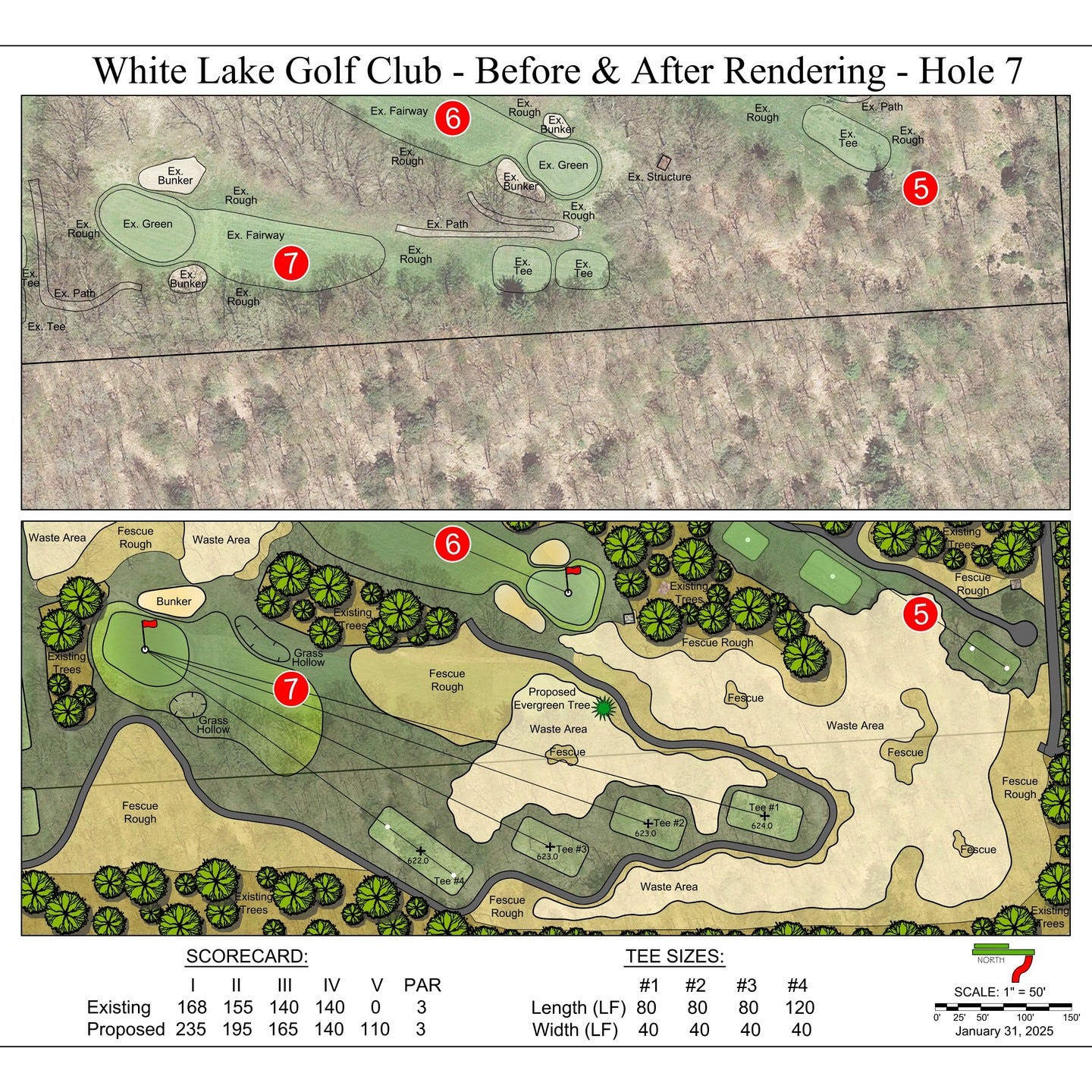More Details on Small Course Renovations
This is the written companion to the recent Ray Hearn podcast that I promised (right before I went on spring break vacation):
Ray Hearn on Michigan Golf Renovations
Prolific Michigan-based architect Ray Hearn was kind enough to join me on a call to answer some of my questions about several of his ongoing renovations at a few smaller clubs and public courses in Michigan, clubs that are in his words, taking "baby steps" to enhance their courses and embrace some of the design philosophies of Golden Age golf architects.
FYI, if you haven’t listened to the podcast yet but don’t want to listen through the Substack site, the podcast should now be available through Spotify and Apple Podcasts. Just look for the Great Lakes Loops Podcast.
Hole-by-Hole Renovations
The impetus for talking with Ray Hearn was my experience of playing Washtenaw Golf Club each year, a design that dates back to 1895, where Hearn has been helping the club slowly peel back layers of trees and recover lost areas from the putting greens. Considering the broad shoulders of these greens, as I like to call them, areas around the perimeter of the green that are built up either with mounding or sharp, squared-off edges, it makes so much sense to me for the green surfaces to reach all of the way out to those edges. In addition to allowing for more pin placements, the alternative to those areas being green surface would be rough, where balls would get caught up only perhaps a yard or two away from the green, and result in an uninspiring chip shot. Now you can place a flag in those corners, enticing the golfer away from playing safe to the ample room at the center of the green, at the risk of creating a much more difficult recovery should they miss.
As I also discussed with Ray, there are multi-faceted benefits to the tree work that has been done at Washtenaw. Most obviously, there is now more room to play, without as many tree limbs overhanging the fairway. Maybe more importantly, however, is that the existing trees have been trimmed to allow space for play underneath. The course lies on what would be considered a small property for golf, with an abundance of parallel holes. Any wayward tee shot with modern driver lengths can easily result in playing your second shot from the wrong fairway. Instead of this being an instant penalty, there is now room for golfers to attempt a heroic recovery, or introduce further pain for a recovery shot gone wrong1.
And lastly, in combination with the cool green surfaces, the views across the course are now so much better. The highlight for me, as I mentioned to Ray, is where the 1st green, 17th green, and 13th green come together. The area around the 2nd green, 16th green, 17th tee, and 14th green is also a highlight of the round. My only wish is that the hillside between the 10th, 11th, and 12th holes would be further uncovered, showing off the area of the course that features the most land movement.
Above is a master plan for the 11th hole. Some of the changes in the graphic have been completed, such as the green and fairway expansion, along with some tree removal. The original bunker layout, however, still remains. The sharp edges and steep falloffs around the green are one of the main appeals of the hole. I would love to see follow through on the removal of the front greenside bunker, at least, as a run-up shot to this green would still be somewhat difficult with the sharp front edge, but exhilarating if executed properly.
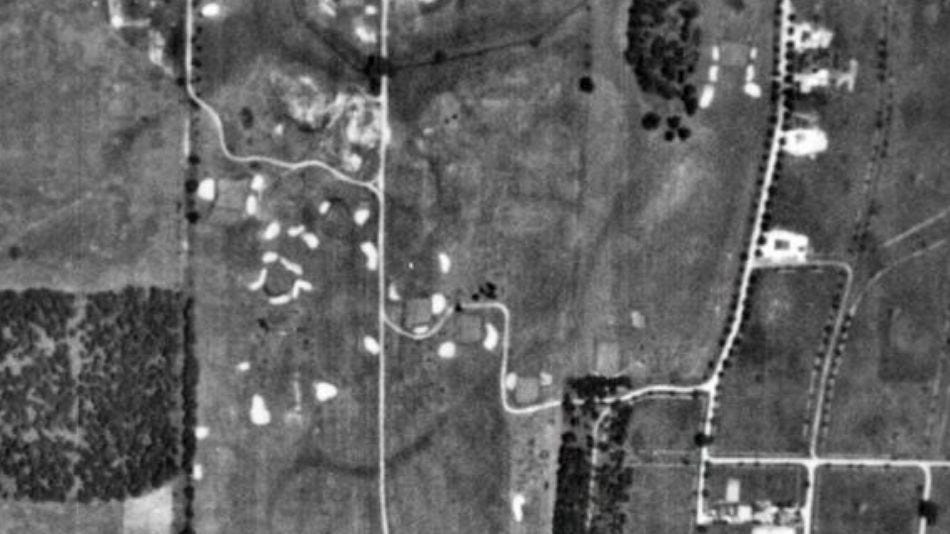
White Lake
For White Lake, we discussed the removal of some trees and topsoil to reveal the sandy nature of the site, and to make way for the construction of sandy waste areas to frame the holes, thus allowing the course to take on more of the characteristics of the surrounding area. This renovation video from the club shows what the construction process and results look like:
This photo shows further plans for holes 5-7:
One of the questions I asked Ray about the project was about playing conditions, and if removing some of the trees and letting a sandy site breathe would help push the course towards more firm and bouncy conditions. I believe he misinterpreted my question and thought I was asking about the conditions of the bunkers. However, past podcasts and articles tend to favor my analysis that sites that are more open and sandy, like the kinds of sites that Mike Keiser always pursues, tend to have firmer playing conditions. Firm is fun, in my opinion, so I’m heavily in favor of any such changes.
Three Fires and Waters Edge
We didn’t talk about these courses quite as much, but they might be the projects that intrigue me the most. First, some of the plans for both courses:
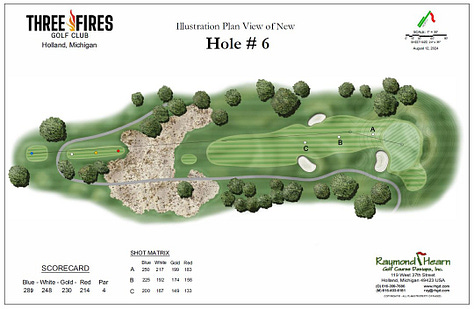
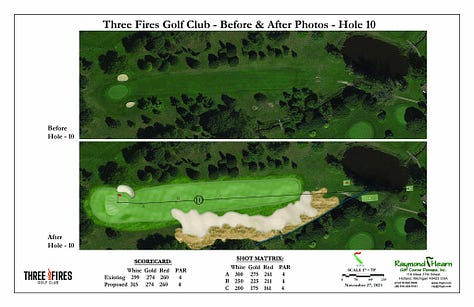
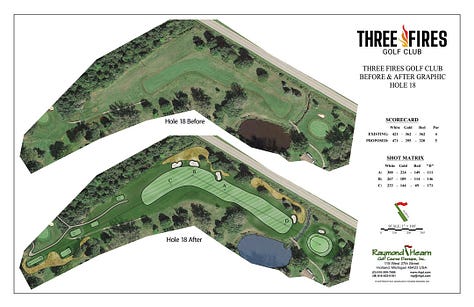
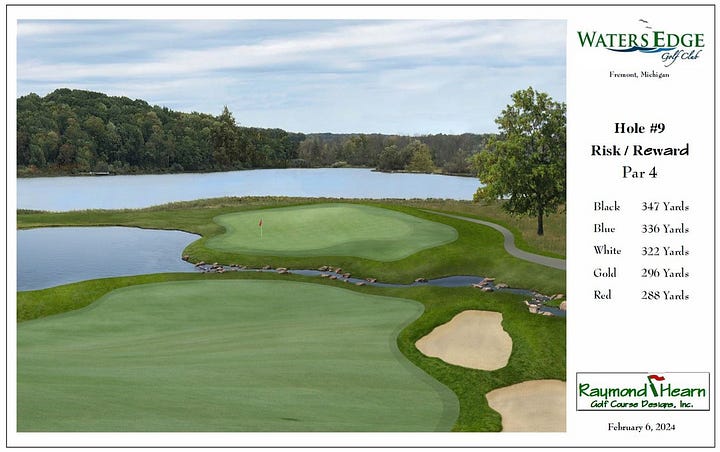
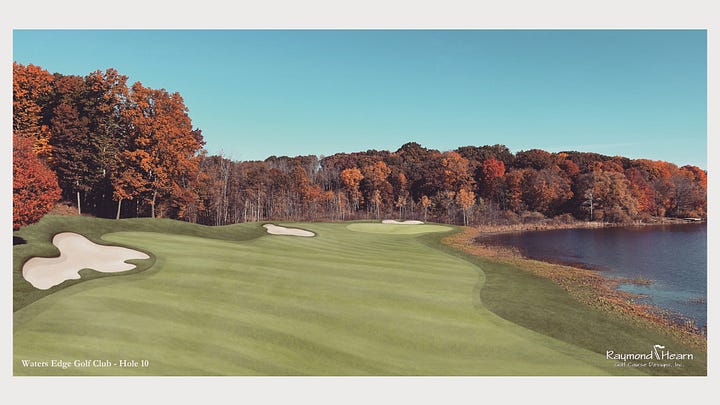
While these seem like decent updates to the original holes, these projects don’t have the wow factor of something like the major overhaul to The Cardinal, or even have the weight of history that a project like Washtenaw does. My interest, then, comes from what they represent.
The resort courses in the state are the headliners, drawing a lot of visitors to the state, and our historic private courses push the overall golf scene in the Michigan to an elite level. But if you’ve consumed any Michigan golf news in the past, I shouldn’t have to remind you that Michigan has among the most public golf courses per capita in the country. There are hundreds of small public courses scattered across the mitten that cater to the local golfing scene, and don’t receive the visitor play or press recognition of the resort courses.
I’ve discussed this many times in the past when bringing up places like Wolf River Golf Park. When courses at this level make smart updates and renovations, it does something special for those of us who live and play in the state. First, it allows us to piece together great golf trips, such as a Champion Hill/Wolf River combination, without breaking the bank. Second, it lets golfers see a glimpse of what is possible for affordable golf. After playing those courses, a golfer may return to their local club and start asking what is reasonably possible to help elevate their daily golfing experience.
The Three Fires and Waters Edge projects may not, and probably won’t, inspire what Wolf River has (such as a Fried Egg profile), but they are positive steps in the same direction for affordalbe public golf in Michigan.
Evidence: This spring I found myself almost one fairway over on the sixth hole, and tried to recover by hitting a low draw. I botched that shot so spectacularly that I ended up two fairways over. I can’t recall ever before being two fairways over from the one I was supposed to be playing.






